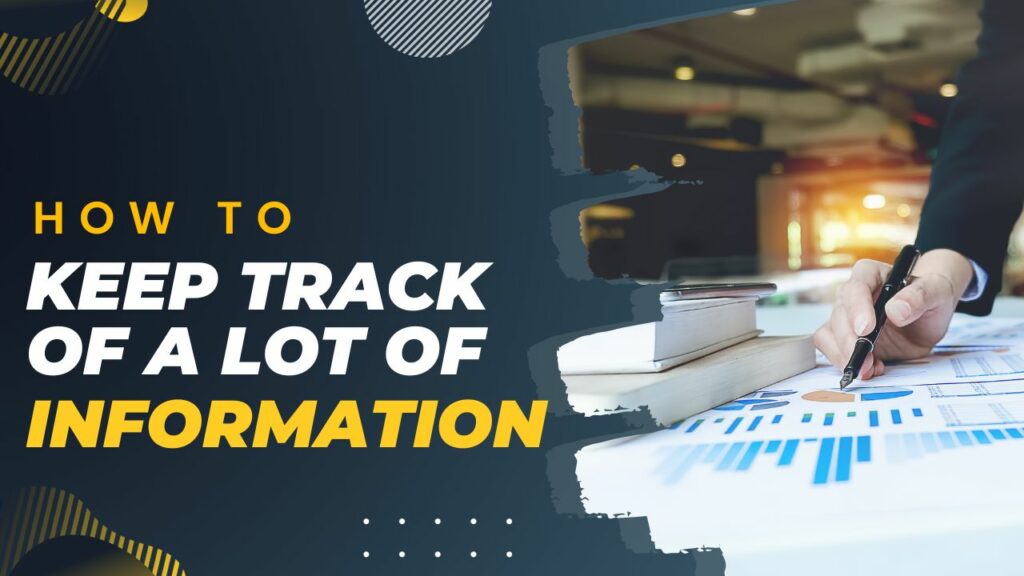 The success of a company is greatly influenced by its ability to effectively manage and streamline information. Furthermore encompasses vital project details, financial metrics, market dynamics, and consumer insights. With the ever-increasing volume of data and the need for accurate and timely insights, organizations must adopt robust tactics and leverage appropriate resources to stay ahead of the game. To address the crucial question, “How do you keep track of a lot of information?” this article explores the tactics and resources that are necessary for organizations. We will delve into the strategies and tools that are indispensable for successfully navigating the information overload challenge.
The success of a company is greatly influenced by its ability to effectively manage and streamline information. Furthermore encompasses vital project details, financial metrics, market dynamics, and consumer insights. With the ever-increasing volume of data and the need for accurate and timely insights, organizations must adopt robust tactics and leverage appropriate resources to stay ahead of the game. To address the crucial question, “How do you keep track of a lot of information?” this article explores the tactics and resources that are necessary for organizations. We will delve into the strategies and tools that are indispensable for successfully navigating the information overload challenge.
Why you should keep track of your clients
In the context of financial efforts, it is of utmost importance to diligently monitor and manage your esteemed clientele. This practice serves as a cornerstone for fostering and sustaining prosperous business alliances. To optimize customer satisfaction and enhance business performance, it is imperative to maintain a meticulous and all-encompassing record of your respected clientele’s preferences, purchase history, and communication interactions.
By doing so, you will be equipped with the necessary insights to deliver a tailored and attentive service. One that caters to their unique needs and desires. This strategic approach not only fosters customer loyalty but also drives revenue growth and establishes a competitive edge in the market.
What Client Information to Track
When it comes to keeping track of client information, it is necessary to collect and save data that provides an all-encompassing perspective of your customers and the contacts they have had with your company. The following are examples of important data to monitor:
1. Client contact information

The foundation of efficient client management is contact information. It includes important information including names, addresses, phone numbers, email addresses, profiles on social media, and preferred ways to be contacted. This data is necessary to start and continue a conversation, which helps companies to keep in touch with their customers and offer customized services. Building and maintaining great client relationships requires a well-organized contact information database, which can be used for updating clients, addressing problems, or providing personalized experiences.
2. Past purchases

Effective client relationship management requires keeping track of previous purchases. This information consists of a list of the goods and services a customer has purchased, together with the dates and amounts of those purchases. It helps businesses to better understand their customer’s preferences and purchasing habits while also allowing them to create tailored recommendations and offers that increase customer loyalty. Previous purchase information is essential for developing individualized marketing plans, efficiently managing inventories, and raising customer satisfaction levels by customizing the customer experience according to the consumer’s past interactions with the business.
3. Shopping habits

Assessing a customer’s purchasing patterns provides insightful information beyond what they have previously bought. It includes everything related to their purchasing habits, including how often they shop, the average order value, preferred payment options, and preferred channels for shopping—online, in-store, or through mobile apps. Businesses can segment their customer base, customize marketing campaigns, and develop loyalty programs that appeal to various customer preferences by taking note of these behaviors. It also helps businesses to better manage their inventory, improve user experience, and plan promotions in a way that best suits the individual buying preferences of each customer. Businesses can improve client interactions and increase revenue by keeping an eye on these behaviors and making necessary adjustments.
4. Notes about interactions
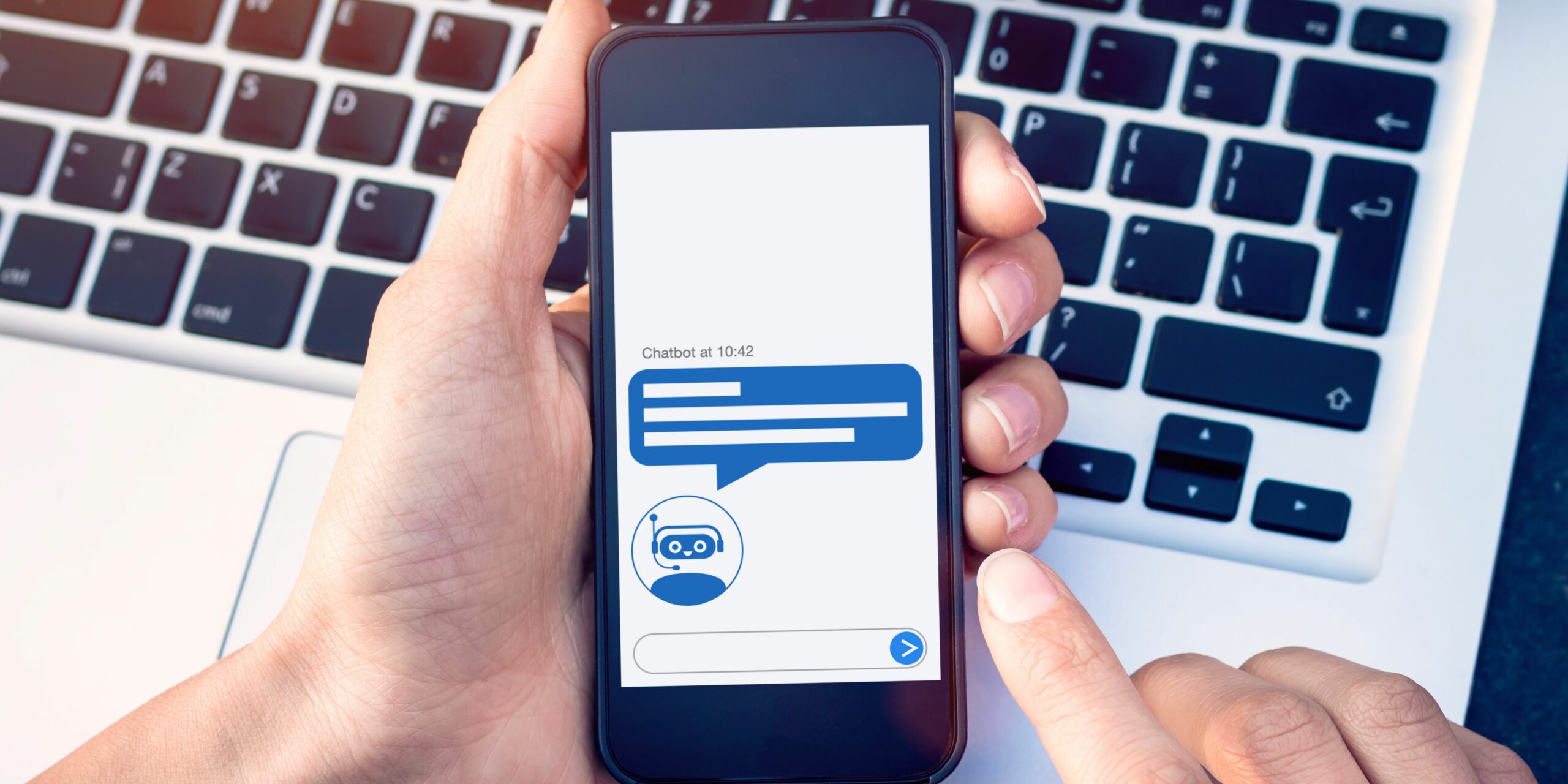
One of the most important practices for successful customer relationship management is keeping notes on client interactions. These notes may contain information about discussions, questions, comments, and any special needs or preferences that the client has indicated. They act as a helpful point of reference to guarantee individualized and regular communication in addition to keeping track of any problems or remedies. Taking detailed notes throughout these contacts—which can take place over the phone, via email, in person, or on social media—allows you to deliver outstanding customer service, establish rapport, and more quickly and effectively attend to their requirements in subsequent interactions.
5. Their communication preferences

It’s critical to comprehend a client’s communication preferences to provide a customized and fulfilling experience. These preferences cover the methods of communication that a customer chooses to use, such as text messaging, phone calls, emails, or other means. It also covers the subjects or kinds of material that they believe are most pertinent, as well as the frequency at which they would like to communicate. Businesses may prevent oversaturating customers, increase engagement, and make sure that their updates and messages are understood and valued by recognizing and accommodating these preferences. All these actions will eventually result in the development of better and more fruitful client relationships.
6. Whether or not they are a returning customer

A vital aspect of client segmentation and relationship management is the ability to distinguish between first-time and repeat consumers. It enables companies to adjust their strategy according to the client’s past interactions with the firm. You can concentrate on fostering a relationship of trust, providing special offers, and thanking recurring clients. The focus can be on establishing the brand, offering first-rate customer service, and promoting recurring business to first-time customers. This approach’s uniqueness guarantees that customers get the most pertinent and interesting experience possible, which promotes client retention and company expansion.
7. How they found out about your business
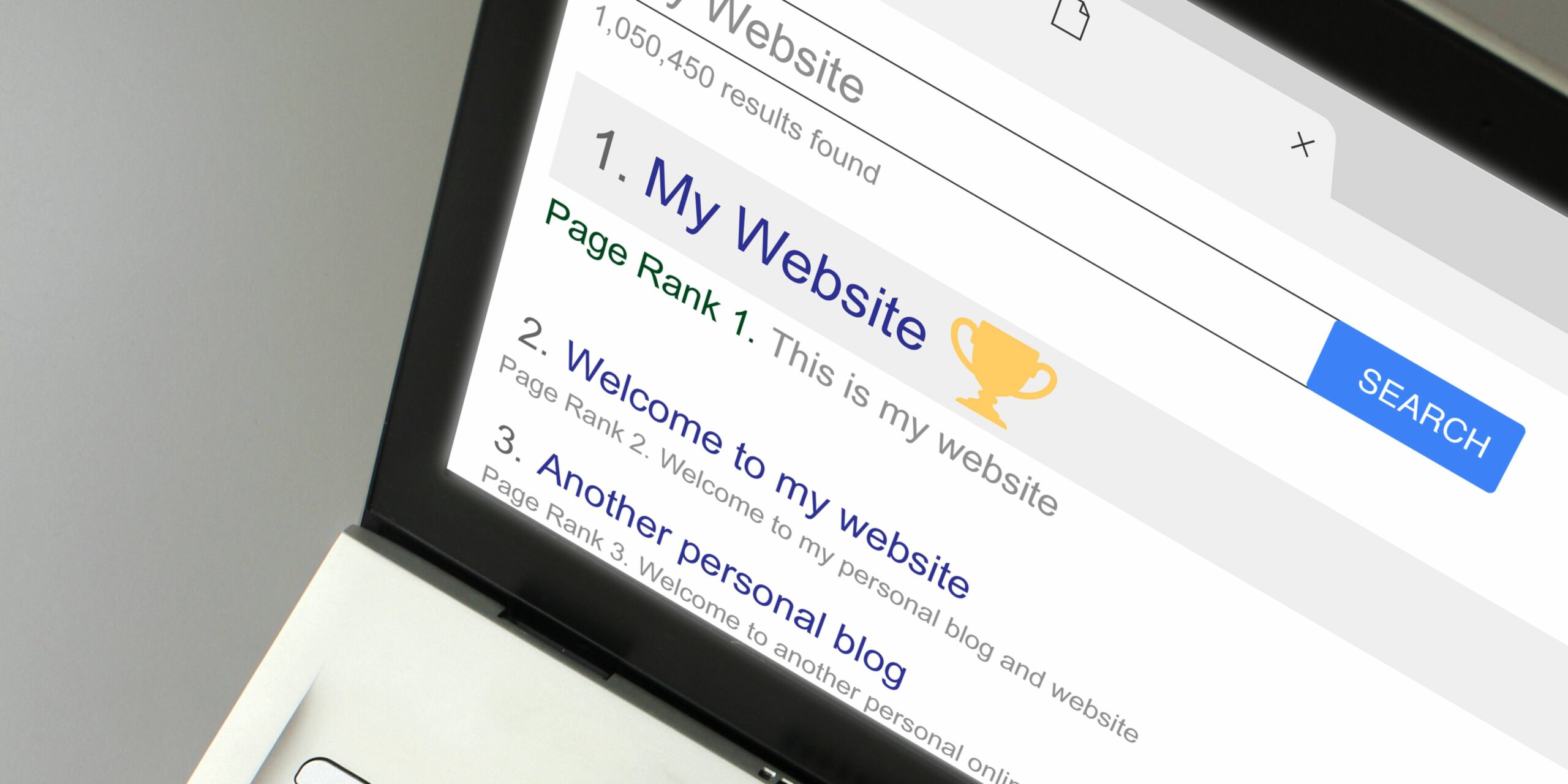
Determining the success of your outreach and marketing campaigns requires knowing how customers found your company. This data may come from a variety of sources, including events, web searches, social media, word-of-mouth recommendations, and advertising. Businesses can focus resources on the most effective marketing channels, adjust their tactics, and take advantage of the factors that are boosting customer engagement by monitoring these sources of referrals. It’s crucial to track this component of client data to maximize marketing return on investment and effectively grow your clientele.
8. Any feedback they have given you

For organizations, customer feedback is an invaluable source of knowledge and direction. Customers’ remarks, recommendations, disputes, and praises regarding their interactions with your goods or services are included. Businesses may find areas for development, quickly resolve problems, and improve the entire customer experience by gathering and evaluating this input. In addition to being used for marketing and testimonials, positive feedback can also be used to demonstrate client happiness and foster confidence. It’s critical to gather and monitor consumer feedback if you want to consistently improve and match your company’s offerings to the demands and expectations o
9. Email metrics
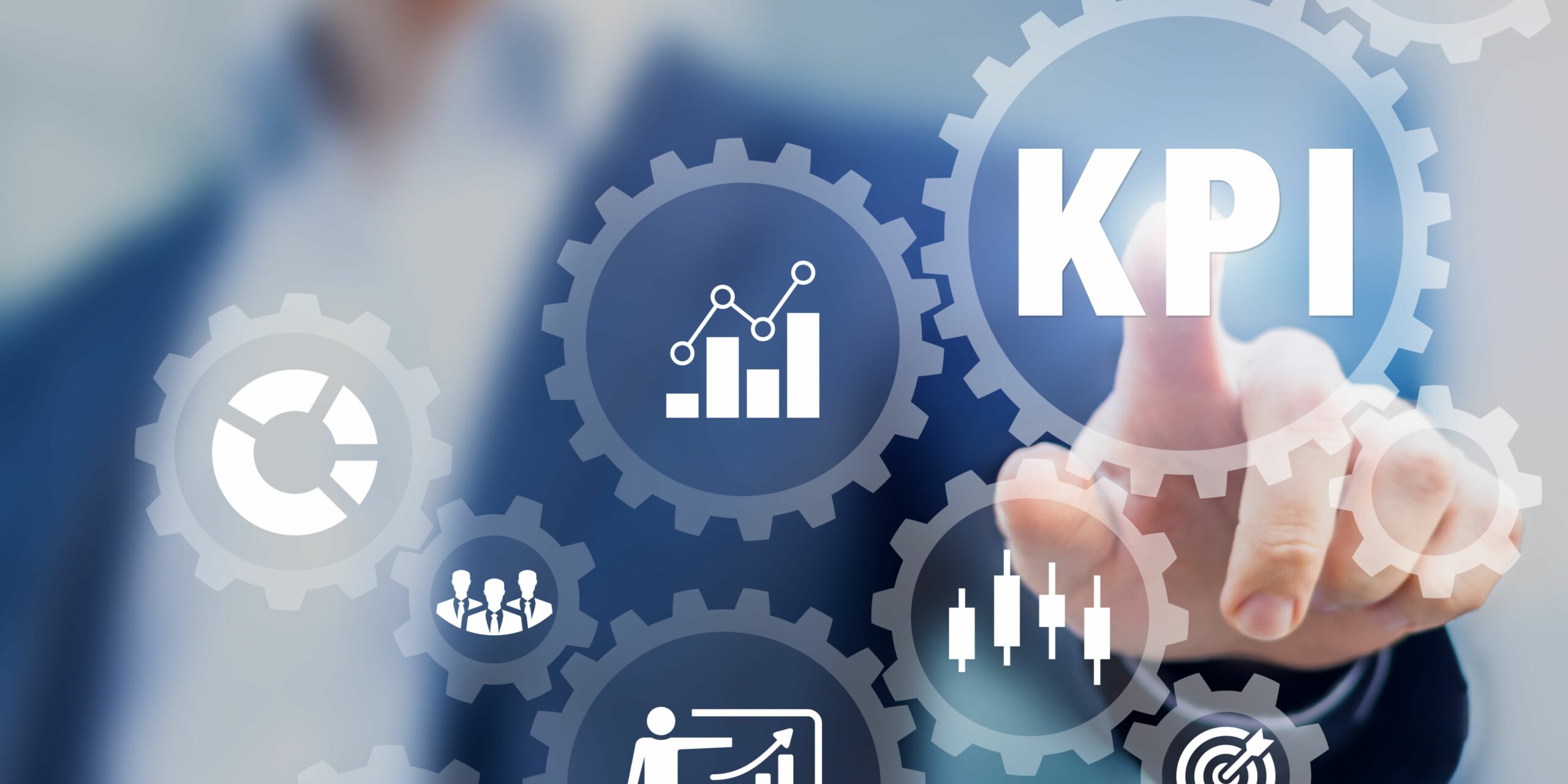
Understanding the success of your email marketing initiatives and client communication methods depends on tracking email metrics. Open, click-through, bounce, conversion, and unsubscribe rates are some of these indicators. While click-through rates track how many receivers of your emails clicked on the links within them, open rates show how many recipients opened your emails. Conversion rates measure what happens when recipients open an email and act, like completing a form or making a purchase. Bounce rates indicate the number of emails that were not delivered. Unsubscribe rates show the number of recipients who chose not to receive any further emails. By examining these data, companies may boost engagement and meet their marketing objectives by fine-tuning their email content, timing, and targeting.
10. Any special requests or needs
Providing outstanding customer service requires noting and meeting any unique wants or requests made by customers. Dietary restrictions, particular shipping instructions, accommodations for people with disabilities, and any other needs about the good or service may be included in these requests. Businesses can show their dedication to customer happiness, gain confidence, and make a good impression by carefully documenting and completing these demands. This degree of individualized care goes a long way toward gaining the enduring loyalty and advocacy of devoted clients.
Tools for client management
Several tools and software applications are available to help firms manage client information and interactions more successfully. These tools help to streamline the process, improve organization, and provide useful information. The best combination of these tools will be determined by your business demands and the level of client management required. Integrating these tools can increase client connections and operational efficiency dramatically.
1. Customer relationship management tools (CRM)
Customer Relationship Management (CRM) systems are critical in modern firms because they integrate client data and interactions. They improve communication, expedite client management operations, and provide vital information for informed decision-making. Businesses may better understand their clients, develop deeper relationships, and ultimately drive growth through personalized and effective engagement by leveraging the power of CRM software. To maximize the impact on client interactions, the CRM solution selected should be tailored to the specific needs and scale of the organization.

The top Customer Relationship Management Tools leading in the market today are:
- Salesforce: Salesforce is a popular CRM software that provides a variety of functions for managing sales, marketing, and customer care. It gives organizations a comprehensive perspective of client interactions, allowing them to modify their tactics.
- HubSpot CRM: The CRM from HubSpot is well-known for its user-friendly interface and comprehensive functionality. It is suitable for small to large enterprises because it incorporates contact management, email tracking, lead scoring, and marketing automation.
- Zoho CRM: Zoho’s CRM software is well-known for its low cost and adaptability. It includes features such as sales automation, analytics, and marketing, as well as connections with other Zoho apps.
- Dynamics 365 for Business: Dynamics 365, a component of the Microsoft suite, provides end-to-end solutions for sales, marketing, and customer service. It is ideal for corporations and works well with Microsoft products.
2. Client portal software
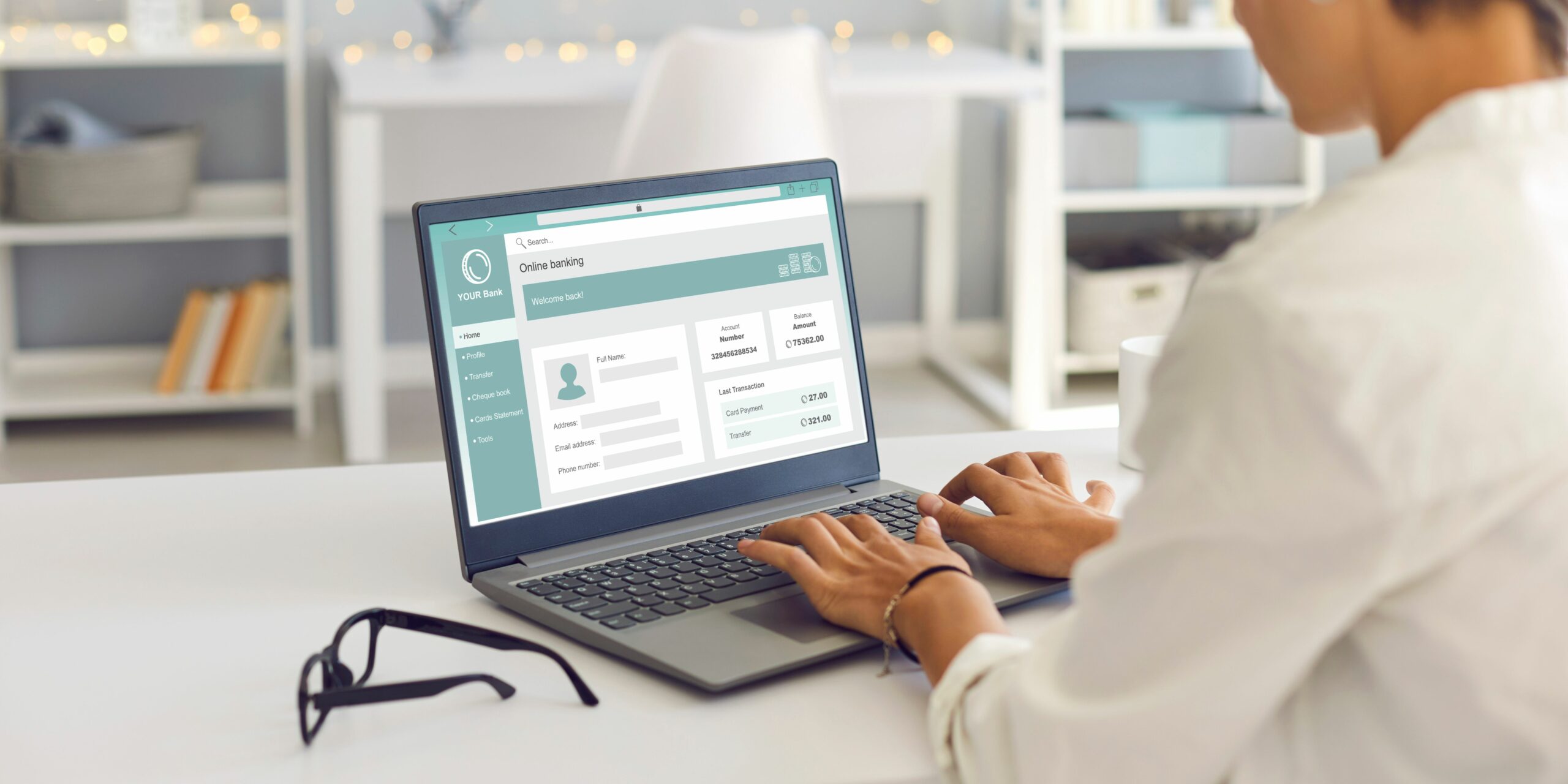
Client portal software is a chiefly useful tool for companies. Especially for those who wish to deliver safe, tailored, and efficient connections with their customers. It provides clients with secure online access to information, documents, and services. Among the most prominent client portal software options are:
- ShareFile: Citrix’s ShareFile is well-known for its secure file-sharing and collaboration features. It is frequently used to share sensitive material with clients.
- Huddle: Huddle is a secure collaboration platform that offers document sharing, client communication, and project management capabilities.
- Zoho Projects: Zoho Projects has a client portal feature that allows for safe document sharing and project management. It is perfect for enterprises with client-centric projects.
- SmartVault: Specializes in secure document storage and client portals. That makes it ideal for accounting and financial services firms.
3. Scheduling tools
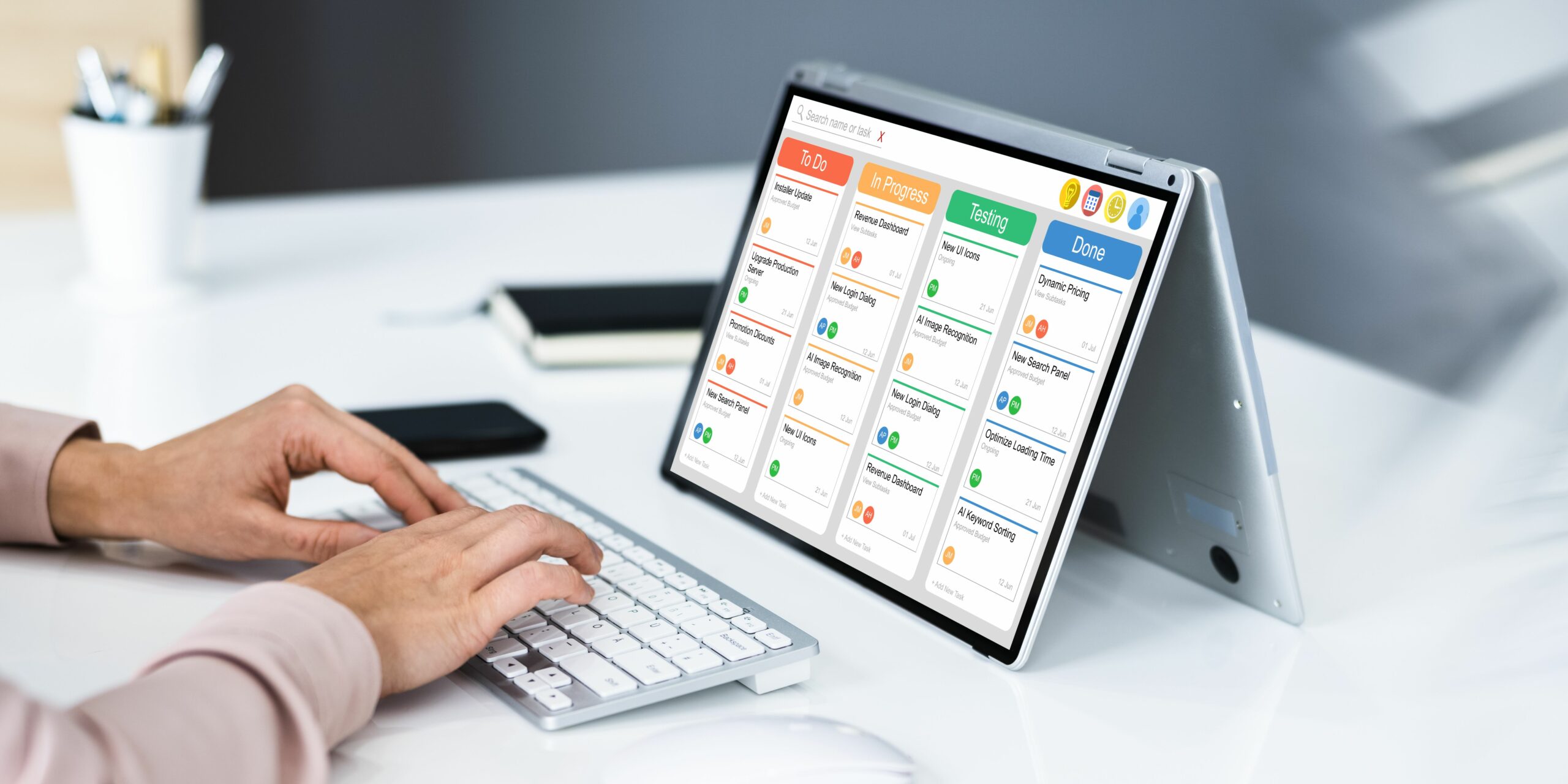
Scheduling tools are critical for businesses and individuals to handle appointments, meetings, and activities smoothly. They basically aid in the streamlining of the scheduling process, the reduction of conflicts, and the improvement of time management. Here are a few examples of popular scheduling tools:
- Google Calendar: This is a popular and free scheduling tool that combines with other Google services. It lets users create and share events, make reminders, and sync across devices.
- Microsoft Outlook Calendar: Outlook Calendar, which is part of the Microsoft Office suite, is a feature-rich scheduling application with email integration and collaboration capabilities.
- Calendly: This is an easy-to-use online scheduling application that allows clients or coworkers to plan appointments depending on your availability. It is appropriate for both people and corporations.
- Doodle: Doodle makes group scheduling easier by allowing participants to express their availability, making it easier to select an appropriate meeting time.
Conclusion: How do you keep track of a lot of information?
Not only is it difficult to manage and track large amounts of data, but it is also henceforth essential. The information management techniques and resources covered in this article about how do you keep track of a lot of information are crucial for everyone aiming for a well-organized existence. Be they students, working professionals, or just someone in the workforce. Furthermore, with technologies like client portals, scheduling software, data analytics, and powerful customer relationship management (CRM) software at our disposal, we can effectively handle the vast amount of information available to us today

